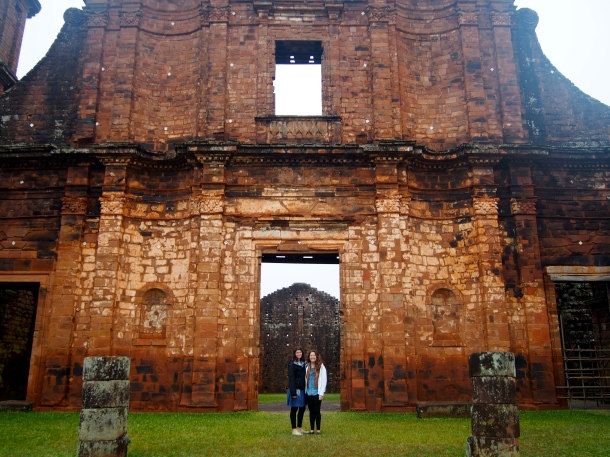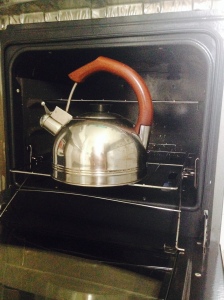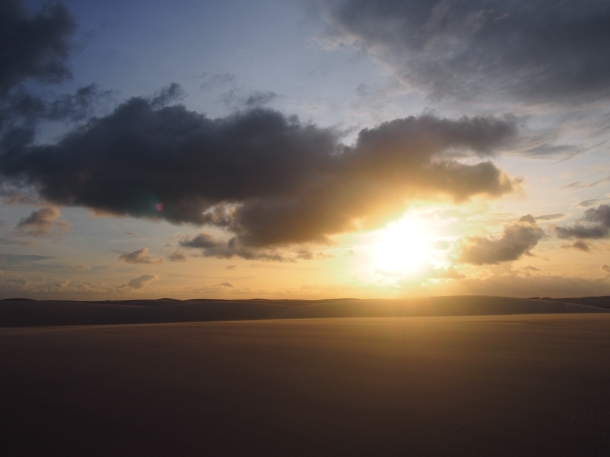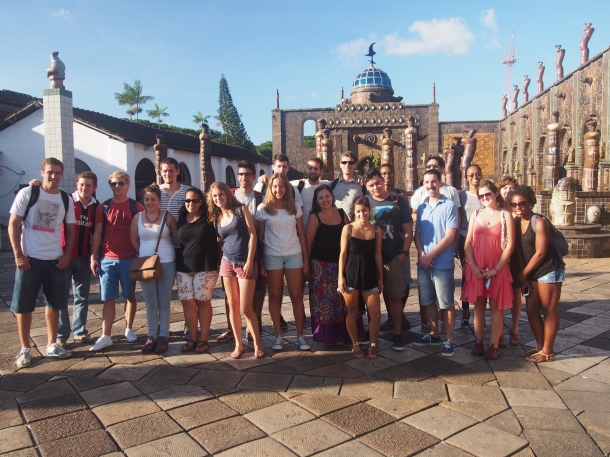 I am now in my last week of teaching at the Federal University of Pernambuco. It’s dawned on me that I’ve rarely written about my time teaching. Maybe that’s because my days are so different from one to the next that there is no way for me to boil it down. Well, I’m going to try… because this has been my job. I’m an English Teaching Assistant!
I am now in my last week of teaching at the Federal University of Pernambuco. It’s dawned on me that I’ve rarely written about my time teaching. Maybe that’s because my days are so different from one to the next that there is no way for me to boil it down. Well, I’m going to try… because this has been my job. I’m an English Teaching Assistant!
When we first arrived in Recife, there was little consensus on how we as ETAs would be working with the English without Borders program. The program itself had just started and they had never worked with ETAs before. No one really knew which way was up. We started visiting the classes to try and get a feel for the students’ levels and how the classes were structured. I was never in the position of a “traditional teacher.” Meaning, I never had a class of my own. Which is good! I’m not trained as a teacher and my time has been much better spent getting to visit and learn from 10 different teachers, each with 2-3 classes of their own.
During these visits I started to notice certain mistakes repeating themselves. It’s been a never ending challenge to identity the source of mistakes and then work backwards to correct them. My biggest ally through it all has been simultaneously learning Portuguese. I hear students say things like, “I am making a research on fish.” Or “Teacher, can I make a question?” When I compare English with Portuguese the answers reveal themselves. There is only one verb in Portuguese for “to do” and “to make.” Therefore students are going to be confused about why you “make the bed” and “do research.” In the same way, the direct translation from Portuguese to English leads to “making a question” instead of “asking a question.” Bingo!
These types of observations have led to grammar workshops on topics like Do vs Make and Phrasal Verbs. Don’t worry friends, when the students asked if I could present on phrasal verbs I calmly nodded while frantically running a Google search on my phone (“What are phrasal verbs?”) This has been the case more than once! You rarely study your native language. So I have learned a great deal about English along they way. For those of you who are still wondering, a phrasal verb is a verb and particle that together have a meaning unique from the words separately. For example, “get up” means “wake up.” But “get” and “up” separately mean something else. We have thousands of these in English and we love to use them. Get up, get out, get in, get off… etc.
One of my favorite workshops was on colloquial phrases and idioms in English. Sometimes I look back on a text message I sent and realize I hardly use anything else! Students gave me a good laugh when they explained their idea of what phrases like these meant:
Grasping at straws
At my wits end
Fly by the seat of my pants
To get your foot in the door
Important phrases we use all the time, right?
But my role here is also to serve as a cultural ambassador. This means giving presentations on university life in the United States and taking about student loans, dorms, and football games. Many students hope to study in the United States or other English speaking countries so this information is also valuable. It’s given me the chance to learn about Brazil along the way.
Last week we put together a Halloween presentation. We decorated the classroom, had treats, and talked all about the history of Halloween (which I had to study). I was happy as a lark trying to convey the beauty of fall. Crisp mornings. Colored leaves. Apple and pumpkin flavored everything. Can you put things like seasons into words for people who only know a rainy and a dry season? I certainly tried!
At a Fulbright workshop in São Paulo we had to complete the sentence, “Teaching English in Brazil is ________________.” I still don’t think I have one word to fill that gap, but in many ways it has been surprising. I’ve come to love the English language in a way I’d never imagined. It’s a limitless language that’s always changing and I hope that my excitement for it has made its way to the students I’ve interacted with.
So there ya have it! A little piece of a big part of my time here!


























































